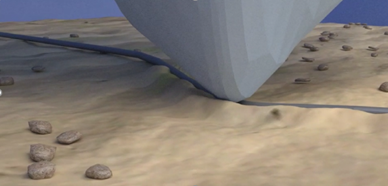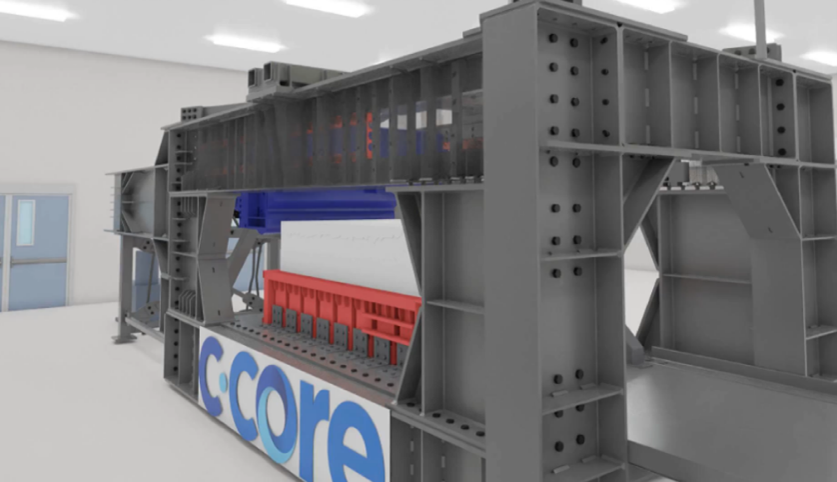The Challenge
In ice-prone offshore environments, pipelines, flexible flowlines, and subsea electrical cables laid on the seabed may be subject to contact from drifting ice keels. Traditional engineering assumptions treated ice contact as an immediate failure condition; however, modern design approaches model the full interaction – accounting for push/pull forces, local strain, and end-tension – until either the ice breaks or the line embeds into the seabed.
While advanced simulation tools exist to model this interaction, physical validation is required to ensure that critical parameters – such as ice and soil strength – are accurately captured. Without this validation, design assumptions remain conservative and may not reflect the true resilience of the system.

